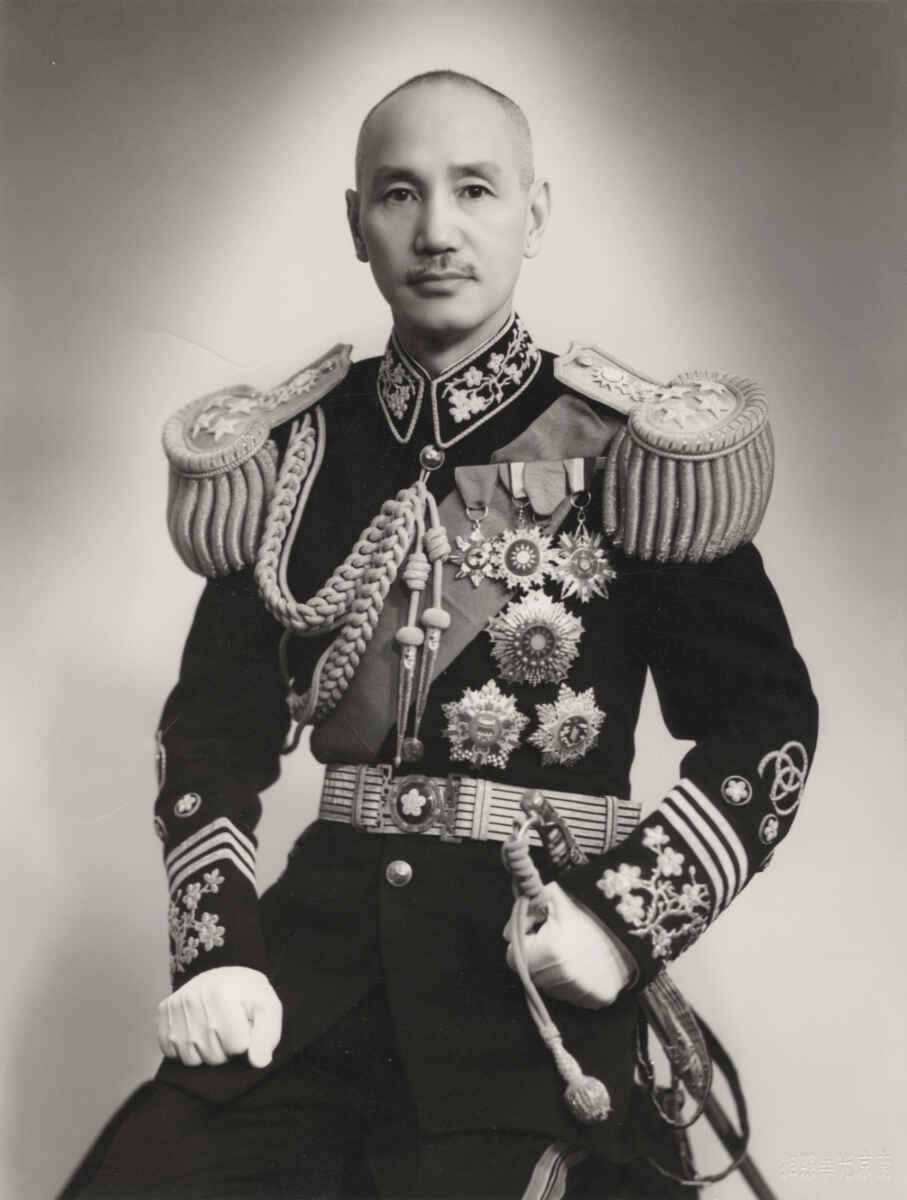
From Chiang Kai-shek to Lee Teng-hui
History is no one-way street. It is among other things a combination of options, choices and coincidence. Before the fall of the Qing dynasty the first (limited) Chinese elections took place in the year 1909, enlarged in 1912 and 1913. In 1918, the franchise was further extended and voters elected a parliament which lasted until 1923. Sun Yat-sen asked the victorious Bolsheviks how to establish power after the fall of the Qing dynasty. Lenin’s model of a military-backed one-party centralised dictatorship became the model for the founders of the KMT as well as for the CCP – which began as the extreme left-wing of the KMT. In 1927, the CCP and the KMT had passed laws ensuring their party’s rule over China. Whoever came in their way could be persecuted for “counter-revolutionary crimes”. The KMT and the CCP began a power-struggle that ended in Civil War. Both parties tried to establish a one-party state – which soon became reality in China as well as in Taiwan.
In May 1895, at the end of the Sino-Japanese War, Formosa declared itself independent but within a week the Japanese made it a Japanese colony and modernized it, constructing railways and establishing a modern administration. Still, in 1945, the Taiwanese greeted the Chinese as liberators but the KMT established a one-party terror system. In 1947 thousands of Taiwanese, politicians and intellectuals were arrested and executed. After Mao’s Communists seized control of the mainland in 1949, Chiang’s defeated Kuomintang, soldiers and over one million civilians fled to Taiwan and imposed the martial law that lasted until 1987. In order to give an idea about the repressive regime: the Taiwanese people had to speak Mandarin and dancing was prohibited. The mainland KMT-representatives ruled even after Chiang Kai-shek’s death in 1975. On December 10, 1979, the KMT cracked down a demonstration in Kaohsiung. This was the beginning of the end of the repressive regime.
Taiwan’s substantial opening up began under Lee Teng-hui, the first native-born Taiwanese leader. Born in 1923, Lee grew up on a rice and tea farm in a small village in northern Taiwan, then a Japanese colony. In 1943 he went to Japan in order to study agricultural economics at Kyoto Imperial University. At the end of Second World War he was an officer in the Japanese army. Lee also studied at National Taiwan University where he later taught until 1952 when, thanks to a scholarship, he moved to Iowa State University in the USA. Later he received a Ph.D. in agricultural economics from Cornell University in New York.
In 1972 Lee entered politics as a minister without a portfolio in Chiang Kai-shek’s cabinet. From 1978 to 1981, he served as Major of the capital Taipei and afterwards, until 1984, as Governor of the Taiwan Province. Against all discrimination and constraints aimed at native Taiwanese, Lee Teng-hui managed to rise in the KMT hierarchy. He became a member of the inner circle of President Chiang Ching-kuo, Chiang Kai-shek’s son and successor. Lee was Chiang Ching-kuo’s Vice President from 1984-88. After the President’s death in January 1988, Lee succeeded him. The KMT had to open up since its elderly mainland representatives simply died away.
Lee expanded the modest political reforms begun by his predecessor and by the end of 1991, Lee had forced all the old legislators to retire. That is one of the reason’s why Lee is seen by some Taiwanese nationalists as well as by mainland Chinese as a traitor who tried to divide China by seeking Taiwanese indpendence – but Taiwan has been de facto independent since 1949. Lee also made the mayors of the major cities as well as the governor of the Taiwan Province directly elected by the people, rather than appointing them from the central government. In 1992, Lee was confirmed President under the undemocratic system but, in 1996, he organized the first direct presidential election. Beijing showed its military muscles in order to dissuade Taiwanese from voting for Lee and preventing the island from pursuing a road leading to independence. Taiwanese voters where not very impressed and gave Lee the first democratic mandate as President. At the end of the 1990s, the 77-year old Lee decided to step down but tried to hinder James Soong from becoming his successor. That led to the crucial division of the KMT as the expelled Soong ran as an independent candidate in the 2000-presidential election and finally brought the KMT’s rule in Taiwan to an end.
Further reading:
– Lee Teng-Hui’s memoirs: The Road to Democracy. Taiwan’s Pursuit of Identity. PHP Institute, Tokyo, 1999, 229 p. Find the book at Amazon.com.
– As an introduction to modern Taiwan read: David Shambaugh, ed.: Contemporary Taiwan, OUP, Clarendon Paperbacks, 1998, 329 p. The book is based on the conference Taiwan Today held in November 1995 and organized by The China Quarterly in Taipei. Order it from Amazon.com.
– If you read French: Jean-Pierre Cabestan: Le système politique de Taiwan, Paris, puf, Que sais-je? 1999, 127 p.

[Chiang Kai-shek. Photo Wikipedia / Public domain. Photo added on January 13, 2020].

Wikimedia Commons: Mobile street vendor decorated with election paraphernelia during Taiwan’s 2004 presidential election. The large horizontal banner advertises the 228 Hand-in-Hand Rally, a 500-km long human chain.